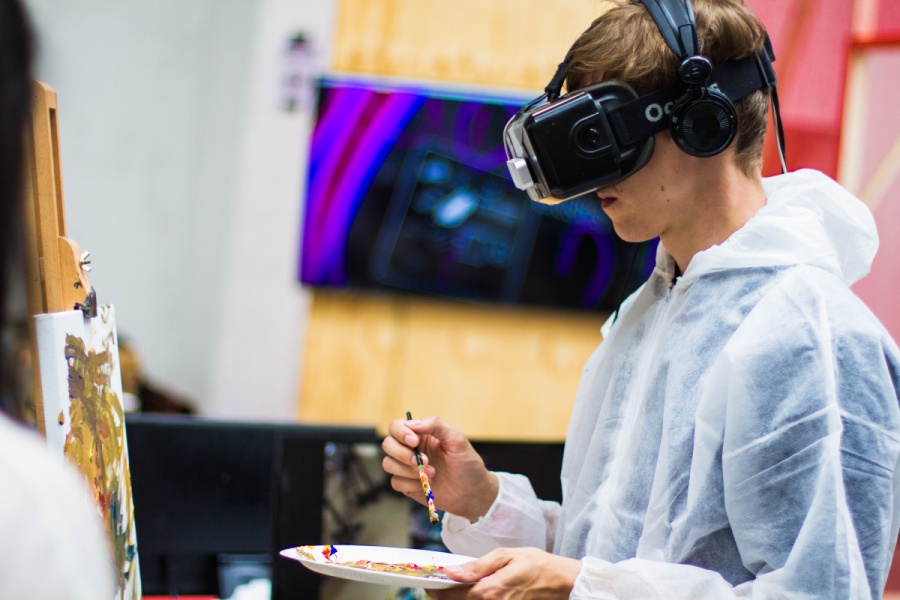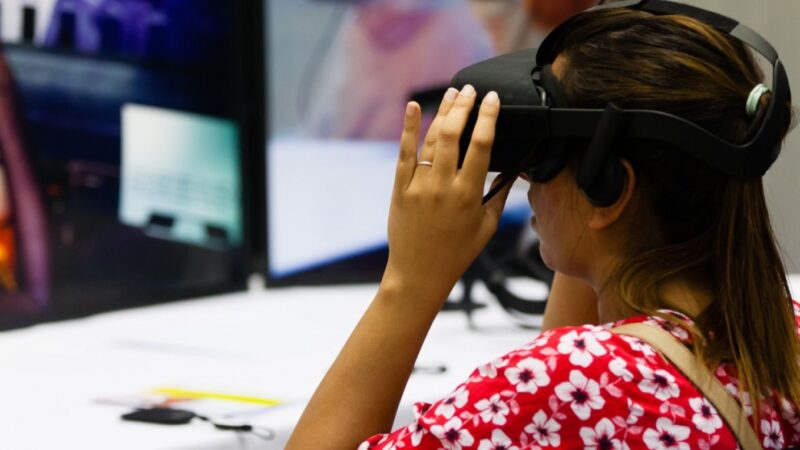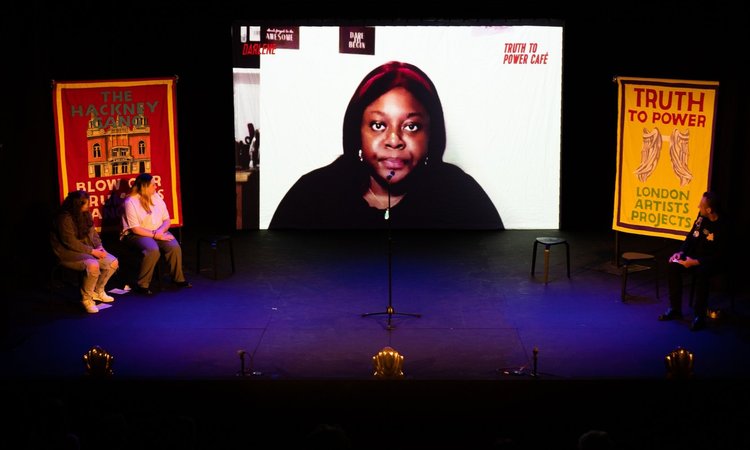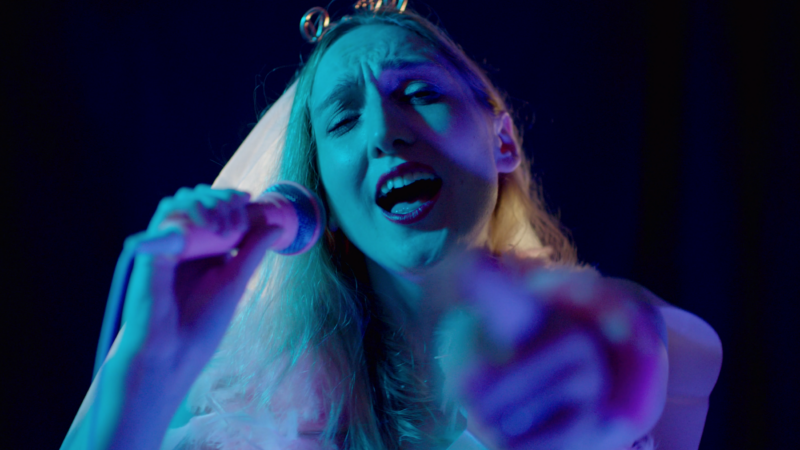The Founder of UVA, Matt Clark discusses technology’s effect on the arts…
Without technology, art would have remained at a point of stasis. The colour blue, for centuries a sought-after pigment, only became a staple of the painter’s palette due to the industrialisation of mining. Alchemical experimentation led to the refinement of oil/pigment composites, mathematical engineering led to the camera obscura and eventually the invention of the modern-day camera lens. These technological innovations, among myriad others, revolutionised artwork production. They facilitated realism but also unlocked the potential of abstraction. Even the humble pencil, the most archaic of technologies, reimagined nature’s silhouettes! Beyond material or formal concerns, the artistic mind has always availed itself of industrial mechanisation. Whether artists are seduced by its charms or acting in defiance of its progress, it is there to some degree. In some cases, it premises an entire artistic movement – we only have to look as far as Futurism and the subsequent ‘return to order’ as manifest examples of this.
What is really interesting is how artists position themselves in relation to technology, and how this is played out.
My fascination with technology as a tool for expression began around 1981, when I was seven years old. My father had just finished hand building our new hi-fi stereo and, although he was more of a rhythm and blues fan, he would play Kraftwerk to ‘test’ the sound quality. I remember listening to Trans-Europe Express blasting out in pure stereo and being struck by how something so electronic, so mechanical, could simultaneously carry such emotional authenticity.
Today we find ourselves in a world where the emphasis is placed on technology replacing humans, therefore replacing human input; colonising that most sentient of impulses: imagination. In response, art has explored this concept; of creativity being led by the machine. I think there is a place for appropriating these processes, but it only becomes intriguing when there is a dialogue, where something is brought to the debate. For me, it is more interesting to think about the idea of synthesis and the threshold of the human/machine interface. Therefore, in my own practice, the idea and the medium always emerge simultaneously.
This idea of generative or collaborative art-making between man and machine has been a constant source of inspiration in my work. As we rapidly approach human-AI coexistence, it is imperative to consider how we approach these technologies and the significant consequences of integration. It is possible that subconsciously, I try to impose some restrictions on technological input in my art as a premeditative act of resistance! However, I do find the act of co-creation, exploring artistic ideas through the new technological mediums available to us, to be a critical, discursive process as well as a compelling device for artistic exchange.
It’s interesting to note that there are certain fields – most notably high-level chess play – where it is now acknowledged that a man/machine symbiote can be more effective than the very best human or machine players; these pairings, known in the game as ‘centaurs’, combine the best of computational brute force and human ingenuity and unpredictability to currently unbeatable effect.
A curator recently invited me to create a new work using VR technologies. The technology-centric approach incited some reticence; to date, my hesitation in using VR before has been due to the somewhat cumbersome headgear involved, which presents an obstruction to a truly immersive experience. Also, as a relatively new product, you are bound to the preset modes and resulting aesthetics, which limits artistic intervention. Until now I have primarily used VR to pre-visualise an installation ahead of fabrication, to simulate the experience, so I appreciate the potential of being able to navigate through an imagined space.

This new project presented an opportunity to explore a long-held fascination; the interlocutory possibilities which arise between a neurotypical mind and that of someone whose senses are impaired – in this case, those of my son who is autistic. I cannot see the world as Oliver does, and his verbal disposition means he cannot describe it to me. But watching him observe the world, I know he sees things very differently. In modern times, the autistic mind is not often cast positively, but rather as belonging to someone who is beyond approach, confused or terrifying. Through this new project, working with other experts in the field, I am attempting to comprehend Oliver’s overwhelming but fascinating imagination, and offer that experience to other neurotypical people, as a way of understanding and perhaps expanding our perceptions of beauty. In doing so, I also hope to build a further dialogue with my son.
Art should always continue to build on what has come before and what is concurrent; it has a responsibility to mediate and to pioneer. In the case of technology, innovation offers opportunities to reimagine the familiar. Ultimately, the tools an artist decides to use is up to them – there are no rules after all.
Founder of United Visual Arts (UVA) Matt Clark was writing for The Space’s collection of essays ‘ Self publishing and the arts’.
How useful was this resource?




